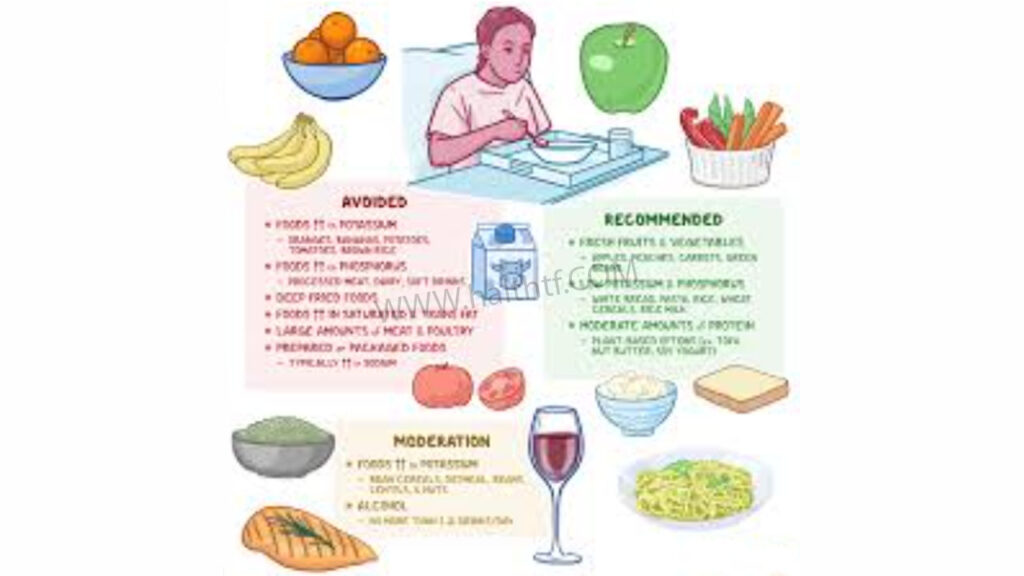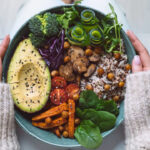Description Renal low salt diet for dogs and cats is specially designed to help support kidney function in dogs and cats. Since the kidneys remove waste and manage the body’s fluid balance, excess sodium in the diet can lead to fluid and retention, high blood pressure (hypertension) and kidney damage. Reducing salt is an important step in slowing progression and protecting health for people with CKD or at risk for impaired kidney function.

This plan prioritizes fresh, whole foods while discouraging processed, packaged, and fast foods, which are often high in “stealth” sodium. Meals should be of the fruit, vegetables (if feasible), wholegrain, lean protein and good fat variety – not so much of the salted snacks, canned soups and ‘throw in the microwave’ style meals. It gets its taste not from salt but from herbs, spices, garlic, lemon and vinegar.
Another crucial piece is monitoring the amount of fluid a person consumes, and sometimes potassium and phosphorus, depending on the severity of kidney disease. Sodium intake is easier to manage even when some dietary considerations are met by home-cooking.
With this renal diet’s cookbook for beginners, you have the ability to take control of your kidney disease but also lovingly take care of your kidneys with a diet that is not just kidney friendly, but convenient and easy to follow. Individuals living on a low-salty renal diet are able to help in controlling blood pressure, preventing swelling, ease some of the strain on their kidneys and keep the kidney function they have for several years to come-and still not forego the pleasure that you want from the things you eat.
Designed for people with kidney disease.
The renal low salt diet is given to patients who have kidney disease or who are at risk of developing kidney disease. Then, the kidneys filter out waste and help regulate fluid balance and blood pressure. Impaired as they are, consuming too much sodium in the diet makes their job more difficult, leading to fluid retention, swelling and high blood pressure that can worsen kidney damage.
This diet is aimed at a specific amount of sodium each day (preferably not more than 1,500–2,000 mg) and emphasizes fresh, home-cooked food that you season yourself with as little added salt as possible. Eliminate processed and packaged foods — including canned soups, salty snacks, fast food and instant meals — which often carry hidden sodium. Instead, there’s a focus on non-starchy vegetables (as well as fruit, for those who can tolerate it), complex carbs and lean-protein options, legumes and healthy fats.
Seasonings consist of herbs, spices, garlic, lemon and vinegar instead of salt. You may also need to restrict your intake of potassium, or phosphorus or dietary fluids, depending on the severity of your kidney disease, which makes the meal plans based on these recommendations as well a concern that they need to be individualized.
Thus, if people who have kidney disease adhere to this type of low-salt diet, they can reduce the workload on their kidneys, which can help keep their blood pressure in check, prevent fluid retention, and maintain their health in a healthy manner that is not only enjoyable for their taste buds.
Low in salt but also mindful of potassium and phosphorus levels.
A low-salt kidney diet is specifically designed for people with kidney disease to help kidney protect, and prevent complications. As the organs that clean waste and keep fluids in balance, the kidneys can be overworked by excessive levels of sodium, potassium or phosphorus and create health risks.
This diet is low in salt, and is also restricted in potassium and phosphorus, minerals that compromised kidneys may have difficulty processing. Excessive potassium can disrupt the heart’s rhythm; too much phosphorus can soften the bones and allow blood vessels to harden. This is why so much of the diet is about making careful decisions about what to eat and how much.
Instead, the focus is on fresh homemade cooking low in salt. One is simply told to eat foods such as fruits, vegetables (if tolerated), whole grains, lean protein, healthy fats (not foods that have been processed/packaged/with little to no added sodium) and not eat processed and packaged foods, which contain hidden sodium. For taste, it’s flavored with lemon, garlic, herbs or spices and vinegar rather than salt.
Depending on whether a person has early- or late-stage kidney disease, they may need to restrict their intake of high-potassium foods (like bananas or potatoes) and high-phosphorus foods (like dairy, nuts and cola). Eat to Beat High Blood Pressureincludes a simple, 21-day, three-step eating plan, complete with menus and recipes, that breaks the process down for readers to easily follow and to retrain the taste buds and increase their vegetable, fruit, and whole grain intake. A.S.H. diet. With user-friendly concepts and simple plans 75 delectable, healthy recipes Social tools you want, including a donations and profile page Representing significant updates and stats. iscrimmination policy. specificguardiansymptoms; an at-a-glance chart of theapproved FDA health claims for foods and fortified foods and dietary supplements; and nutrient factoids on a sample of foods, such as: carb, fiber, fat and pro; ada food lists getd foods by: carb choicesyour al 36; food lists for fsafts, appes/eve/encups & proteins lists & nu quick food references to das h. food/suppl.
Focuses on fresh produce, whole foods, and lean proteins in controlled amounts.
Low salt diet for kidney patients is designed to reduce the amount of work your kidneys have to do and it is not unhealthy for your general well-being. The kidneys regulate fluids and filter minerals like sodium, potassium and phosphorus and when imbalances develop, problems like swelling, high blood pressure, and bone and heart troubles can arise.
This diet is low in salt and also restricts amounts of potassium and phosphorus which poorly functioning kidneys can have difficulty processing. Too much potassium may cause an irregular heart beat, and excessive phosphorus can weaken bones and harm blood vessels.
The diet focuses on fresh produce, whole foods and lean sources of protein in moderation. Foods that are encouraged include fresh (and tender) fruit, vegetables (as tolerated), whole grains, beans, fish, skinless poultry and healthy fats such as olive oil. And you’ll want to pass on processed, canned and other packaged foods, many of which are high in sodium.
We suggest you cook at home — you can control your ingredients! They season with herbs spices, garlic, lemon and vinegar rather than with salt. Quantities Too much at a time Also the size of the portion has to be reduced in order to not overwork the kidneys.
Adhering to a low-salt diet that’s kind to the kidneys can provide a simple way to manage blood pressure while promoting kidney function and overall health.


